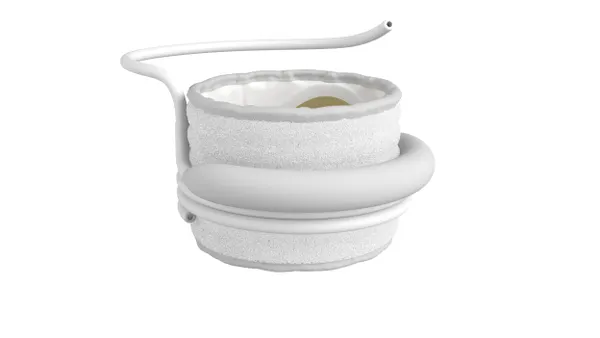Dive Brief:
- FDA touted what it is calling a record year for novel devices as furloughed staff returned to the agency Monday following more than a month of limited device reviews. But despite what FDA says is a record year for devices, original premarket applications actually fell this year: 46 were approved during 2017, compared to 31 in 2018.
- Using a new methodology, FDA is defining novel devices as original premarket applications, panel track supplement PMAs, De Novo clearances, humanitarian device exemptions and breakthrough device 510(k)s. Commissioner Scott Gottlieb and device center chief Jeff Shuren said 106 novel devices were granted marketing authorization during 2018, up from 99 in 2017. Included in that figure were market clearances for nine of the 112 products granted breakthrough device designation since the program's inception in April 2015.
- Gottlieb and Shuren also called out real world evidence efforts and further development of potential review processes like the Safety and Performance Based Pathway and the Safer Technologies Program as among the Center for Devices and Radiological Health's top action items for 2019.
Dive Insight:
Under the new methodology, the number of novel devices cleared by FDA has risen every year since 2013, according to agency data.
As part of the agency's plans to ramp up postmarket safety efforts, the FDA reaffirmed that CDRH will move forward with implementing the National Evaluation System for health Technology's real-world evidence (RWE) center in the coming year. NEST recently publicized its 2019 goals, which include ultimately monetizing its services to sustain itself beyond initial FDA support.
"Due in part to our efforts to strengthen the clinical trial enterprise and leverage real world data, in some cases we're receiving clinical evidence more quickly and more efficiently and answering postmarket questions we would not have been able to easily address in the past," the statement said.
But Cowen Washington Research Group's Eric Assaraf notes FDA's device safety actions remain somewhat dulled.
"Our med tech thesis for 2019 is that FDA will continue to take deregulatory actions for innovative devices rather than overly aggressive moves to address device safety," Assaraf wrote in a research note Tuesday.
Gottlieb and Shuren also discussed the Safety and Performance Based Pathway, laid out in recently released finalized 510(k) guidance, which would give companies the opportunity to prove their products match safety and performance criteria. FDA said it will begin to establish these criteria in the coming year for "certain well-understood device types," while also acknowledging that phasing out older predicates, as discussed in November, will likely require seeking authorities currently outside the agency's current abilities.
The statement also teased establishing a proposed framework for an approval pathway modeled after the Breakthrough Device designation process that FDA is calling the Safer Technologies Program, or STeP, which would create a fast-tracked route for products involved in the diagnosis or treatment of non-life-threatening conditions, but which are proven to significantly reduce occurrence of serious adverse events and improve safety outcomes.
In the near term, the agency will likely be playing catch up, as market authorization reviews were limited during the partial government shutdown from Dec. 22 to Jan. 25. Gottlieb tweeted Monday FDA would have received "about 300 510ks" in January had operations been running normally, aligning with estimates publicized by device lobby AdvaMed. In the same tweet, Gottlieb said FDA will release an update soon on application backlogs and how regulators will prioritize product reviews during the post-shutdown period. FDA was barred from accepting new user fees during the partial government shutdown.











